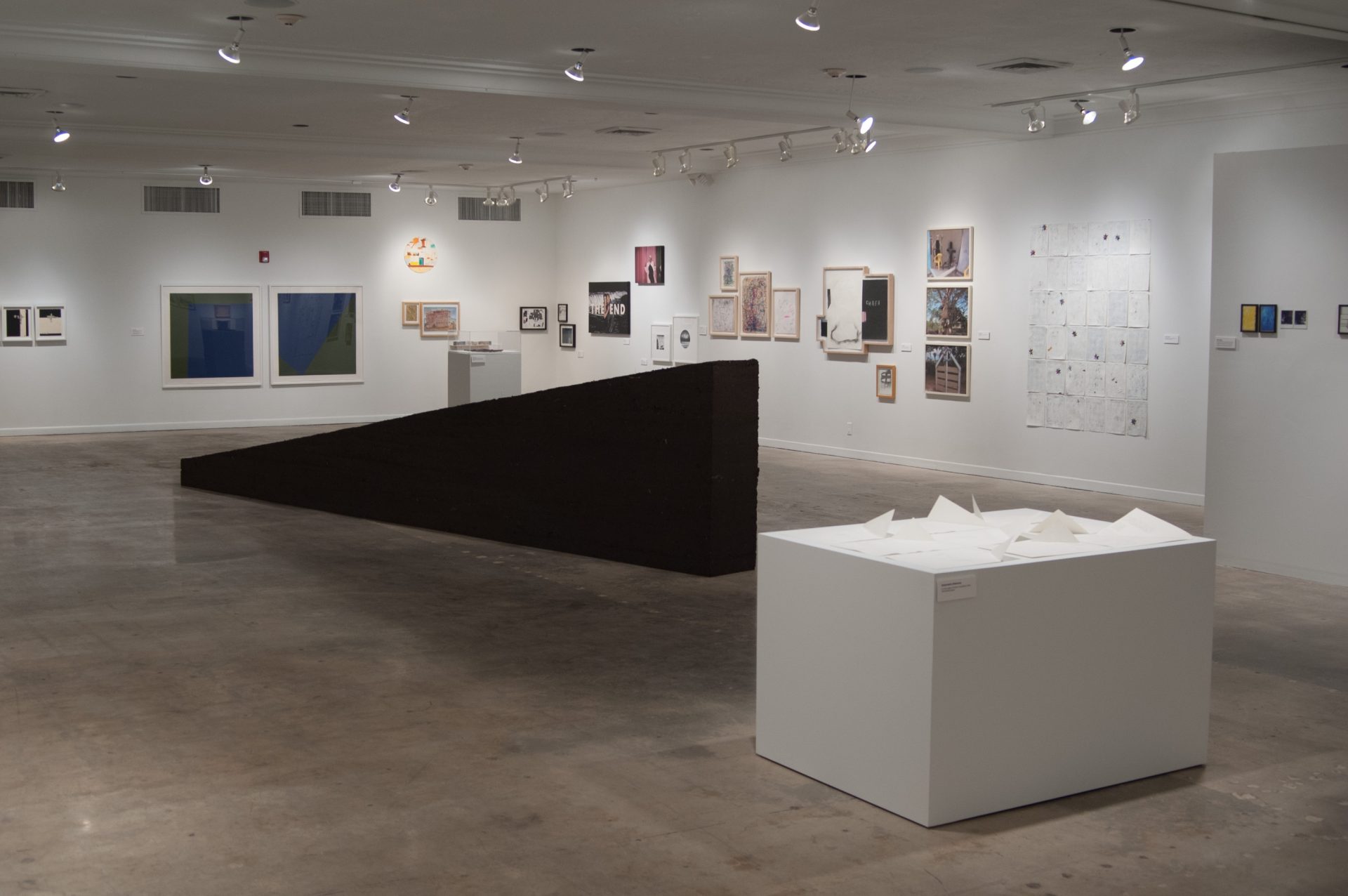Since I have my own garden to play with, it gives me the opportunity to experiment with some ideas. My next door neighbors, who left their vegetable garden to me, did a good job of bringing in soil, making their own compost, and really using it as a teaching tool for their son, now 5 yrs. old, and daughter, soon to be 3 yrs. old.
The thing that’s really great about the 5 yr. old is that he really knows plants, and how to take care of them. He grew, for instance, tomatoes and carrots, then had them for his dinner. Yes, my neighbor’s kids eat vegetables, and lots of them. That’s a real education that is not easy to teach in a regular classroom situation. They don’t have junk food in their house so the kids don’t have the opportunity to eat it. That’s a lesson to other parents, don’t provide junk food, the kids won’t eat it. Grow what you eat and it provides greater appreciation for what’s good.
Garden for a Nursing Home by Caballero+Colón de Carvajal:
“Spanish architects Paula Caballero and Diego Colón de Carvajal have designed a garden for a nursing home in Madrid.
.
Garden for a Nursing Home by Caballero+Colón de Carvajal
At first, the assignment was the demolition of the cellars of the Madrid Regional Service of Health’s Old Building. However, the possibility of using this ground as a part of the nursing home ‘La Paz’ led to the accomplishment of a small garden with the minimum possible elements and at a very low cost.
In our view, the garden, as nature manipulated by man, finds its beauty in a strange balance between the diffuse and diverse character of the nature, and the clearness and unity of the artifice. In designing the distribution of plants and paths, we looked for an intelligible organization in order to enhance that contrast. As a kind of enlarged graffitti, a series of blotches in different colors with winding shapes establishes in a clear way the three types of grounds: plantation, drainage and paths.
The plants were chosen in consideration of their strength (given the inclemencies of the weather and the urban contamination) and their low water consumption. For this reason our choice was: lavandula angustifolia, salvia officinalis, callistemon viminalis and festuca.
With the same purpose of fighting the deterioration of our natural enviroment, we tried to use as much as possible recycled materials. Thus, instead of the usual gravel under the reinforced concrete we used crushed recycled concrete; the necessary rugosity to prevent slippery surfaces when it rains was obtained by mixing the resin with recycled glass (which produces unexpected brightness and iridescence under the sunlight), and the dark gravel for drainage between the paths and plantation areas is crushed material of demolished roads.”
Visit the Caballero+Colón de Carvajal website – here.
Photography by Miguel de Guzmán
(Via CONTEMPORIST.)











